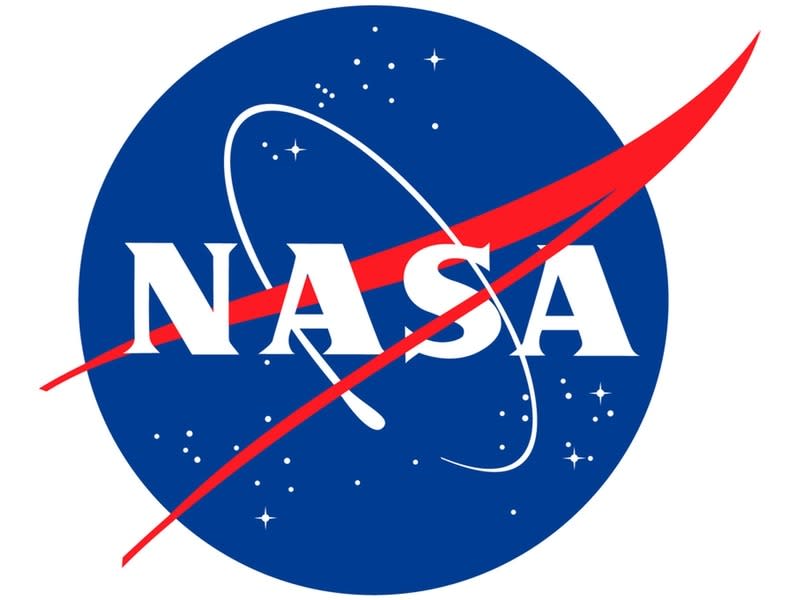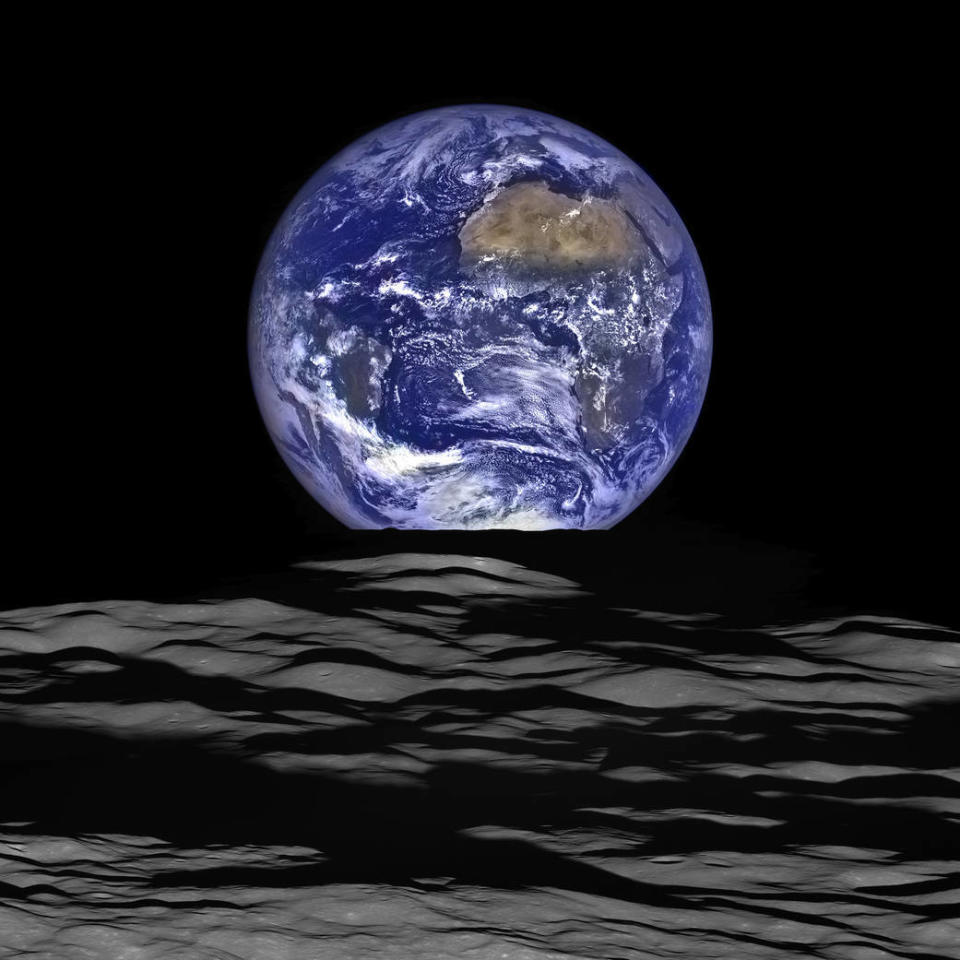This Week in Space: Exploring Europa, exoplanets, and reasons to be cheerful

While we thrill to the latest accomplishments of NASA’s space missions, someone has to pay for all that hardware, and the people who design and operate it. Which means that those all those accomplishments begin in a much more mundane place: Washington, D.C., where the NASA budget is authorized by Congress.
Surprisingly, if the current budget proposed by Congress is approved, next year’s NASA budget could be a lot bigger next year. The plan would fund the agency at $19.3 billion — more than a $1.3 billion increase.
That’s great news after a few years of slashed planetary exploration budgets. Those cuts mean we’re in for a significant lull in new missions after 2016 — a gap comparable to NASA’s current inability to launch its own crewed space missions in the wake of the space shuttle program’s retirement.
Speaking of the shuttle, the proposed NASA budget includes $1.2 billion for the agency’s Commercial Crew Program, which will work with private companies such as SpaceX and Boeing to launch astronauts into orbit.
Perhaps most interesting is a large amount of funding for a mission to Jupiter’s icy moon Europa. The funding requires that NASA plan for a probe and a lander, likely because one House subcommittee chairman is a huge Europa fan.
Europa might be the most hospitable place in the solar system for extraterrestrial life, thanks to the large ocean that lurks under its icy shell. Sending a lander there will be tricky, though, because much of Europa’s surface is so chaotically churned up. But if Congress gets its way, we’ll be doing just that sometime in the next decade.
A neighboring exoplanet
The search for planets orbiting around other stars has been going on for a few decades now, but it’s only in the last few years that we’ve found planets that seem like they might be habitable: ones roughly the size of the Earth and in the so-called Goldilocks zone of habitable temperatures.
Now the search for exoplanets has found a potentially habitable planet that’s in our own stellar neighborhood, just 14 light years from our sun.

(Image: University of New South Wales/Phys.org)
The planet is four times larger than the Earth, and one of three that circle the star Wolf 1061, a red dwarf star about a quarter of the mass of our sun. Because Wolf 1061 is a lot cooler than our sun, a planet has to be much closer to keep warm — the newly discovered exoplanet orbits its star every 18 days.
Merry Christmas (it’s not the end of the world)
As many people get ready to celebrate Christmas, it’s also worth celebrating the fact that despite all the things in the universe that can kill us, we’re all still here!
Sure, a 1.25-mile-long asteroid is going to fly past the Earth on Christmas Eve. You won’t need to leave out cookies and milk for it, though, because it’ll stay 6.7 million miles away.
It’s still worth hedging our bets, though, as Elon Musk is always reminding us. Musk’s dream is to get a colony up and running on Mars so that humanity can survive somewhere in the solar system, in case something terrible happens to the Earth. Maybe in a few decades, someone will be enjoying a Christmas dinner of freeze-dried turkey and stuffing on the surface of Mars.
The Apollo 8 astronauts also celebrated Christmas Eve by pointing out the fragility of this planet we all share. On Christmas Eve 1968, as they orbited the moon, they took the now-famous “Earthrise” picture, showing the Earth floating in space beyond the moon’s horizon.

(Image: NASA)
This week, NASA hearkened back to that image by releasing a spectacular new “Earthrise” photo snapped by the Lunar Reconnaissance Orbiter. As Apollo 8 astronaut Jim Lovell said 47 years ago, “The vast loneliness is awe-inspiring and it makes you realize just what you have back there on Earth.”
Jason Snell hosts the Liftoff podcast on Relay FM and regularly writes about technology at Six Colors.

